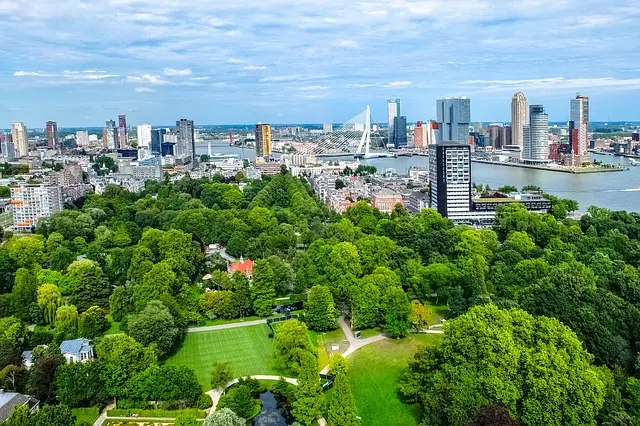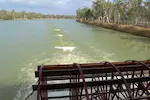What is Hug Analytics?
Hug Analytics at I Hug Trees is in a nascent stage and is being nurtured with accuracy, transparency, and a commitment to the true source of data and analytics.
Hug Analytics makes geospatial satellite imagery and environmental analytics accessible to everyone. Using Sentinel-2 data, we calculate NDVI greenness and NDBI urbanization indices to track vegetation cover, canopy density, and shifts in city landscapes. These insights reveal where neighborhoods are cooling, where biodiversity is thinning, and where the green balance is shifting.
Beyond urban greenery, our analytics extend to wider environmental issues such as CO₂ emissions, and biodiversity loss areas where satellite and open datasets provide timely, science-driven visibility.
Key Features
- Real-time NDVI (Normalized Difference Vegetation Index) monitoring
- Historical trend analysis and visualization
Our Methods Note
All datasets are processed on cloud infrastructure (AWS) and fetched via the Microsoft Planetary Computer for Sentinel-2 access. While grounded in scientific principles, outputs are presented in accessible formats so that technical imagery and calculations resonate with ordinary people and communities.
Because only when it is relatable, can it tell clear stories about our greenery and urban life: shaping how we live, how we breathe, and how we cope with rising heat.
Satellite Systems
- Sentinel-2: 10 m resolution for optical and vegetation analysis (NDVI, NDWI) and 20 m for urban indices such as NDBI.
- Landsat 8 / 9: 30 m resolution multispectral imagery ideal for long-term environmental trend analysis.
- MODIS: Daily global imagery at moderate resolution for large-scale environmental and climate monitoring.
Data Update Frequency
Our datasets are updated every 5-10 days, depending on satellite revisit times and cloud coverage conditions.
Getting Started
Whether you're a researcher, student or environmental professional, Hug Analytics provides the tools you need to understand green cover dynamics in your area of interest.
Step 1: Select tab
Choose your area of interest from our global regions
Step 2: Analyze Data
Explore NDVI and NDBI trends, seasonal patterns, and change detection
Step 3: Generate Insights
Create reports, download data and images for free

















